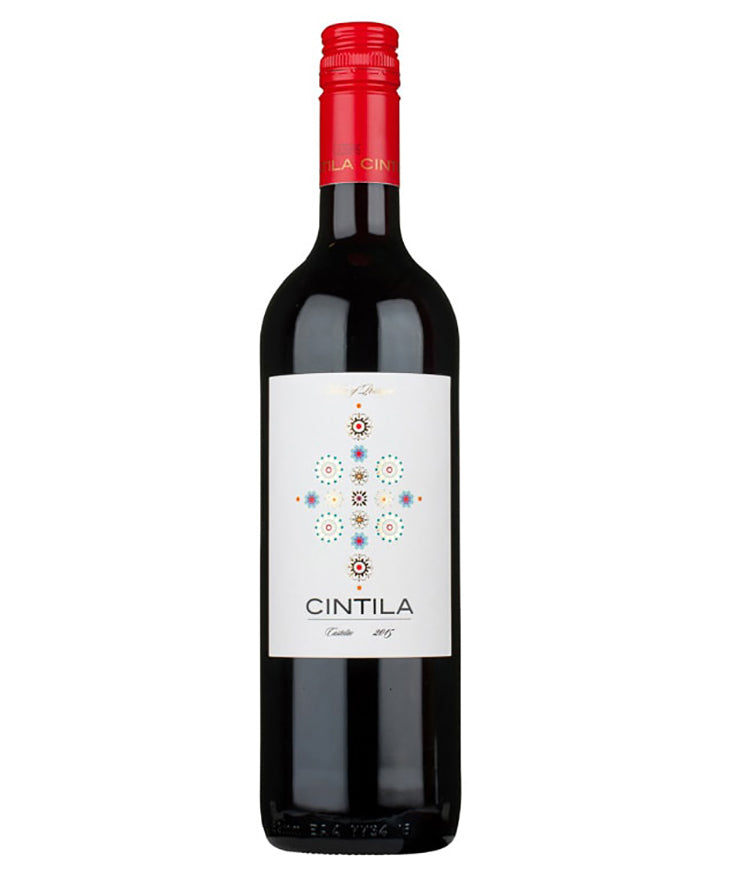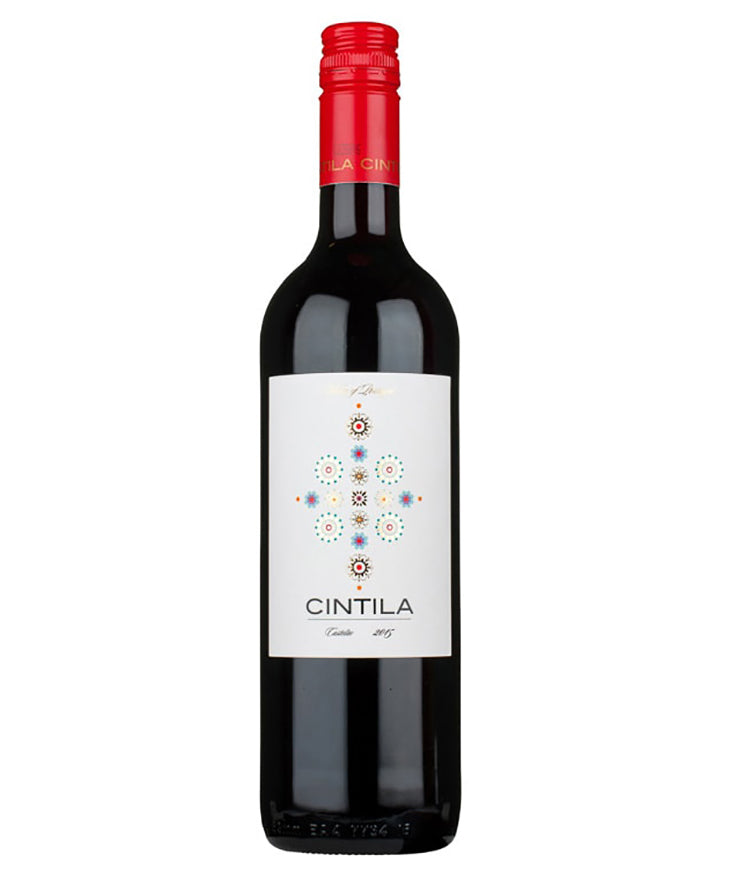Peninsula de Setubal
Cintila Red 2023
Couldn't load pickup availability
More Information
Share
Cintila Red
Cintila Red is a rich, raspberry and violet scented wine made from the Castelão grape. Medium-bodied, with soft tannins and an easy drinking finish.
Cintila is made at the Cooperativa Santo Isidro de Pegoes, founded in 1958. The cooperative is made up of 140 winegrowers and has access to over 1100 hectares of vineyard located in the Terras do Sado area of the Setubal peninsula. This coastal area benefits from mineral-rich sandy soils and cooling Atlantic winds. Santo Isidro de Pegoes is one of the most forward thinking cooperatives in Portugal and their chief winemaker, Jaime Quendera one of Portugal's most respected winemakers.
It all started when the big landlord and beer magnate José Rovisco Pais donated his Pegões properties to the Lisbon State Hospitals. On these properties the Government implemented a large “colonization” project, donating land to thousands of agricultural workers and directing the plantation of 830 The Cooperative was established on March the 7 th 1958 in order to give technical and logistic support to the “colons”. Part of the support consisted in the reception and processing of their grapes. The first Pegões wines where than born.
As a consequence of the Portuguese revolution of 1974, the Cooperative was taken over and a period of instability followed. This process was later reversed and over the last fifteen years the Cooperative followed a systematic strategy of modernization and financial consolidation whit the key objective of continuously improving the quality and value of its wines.
The vineyard is located between two Nature Reserves: the Tagus estuary to the Northwest and the Sado on the Southwest. To the east are the Arrabida hills and to the west the Alentejo province's clays. The unique soil here is named "Pliocenico de Pegões". It is a sandy pozolitic soil formed over millions of years by sand transported by the rivers Tagus and Sado. It is this Mediterranean climate and soil combination that creates this unique terroir.
The grapes were harvested when they were fully matured and sorted. Fermentation took place in temperature controlled stainless steel tanks at cool temperatures.
Cintila Red - Hay Wines



